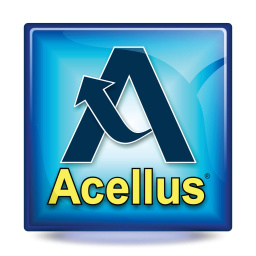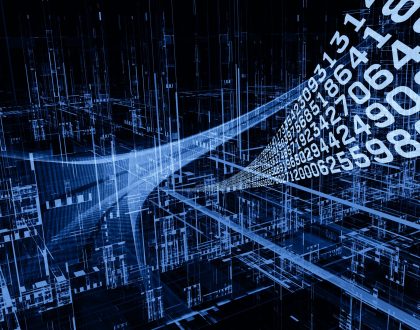AP Computer Science A

Course Features
Course Details
Course Overview
AP Computer Science A has been audited and approved by College Board to provide students with a college-level learning experience. This course instructs students on core aspects of computer science. Students will learn to create and implement computer programs that solve problems relevant to today's society, as well as deploy programming tools and effectively deal with complex problems through hands-on application and examples. This course is California A-G Approved. This course is taught by Acellus Course Instructor Robert Getka.
Sample Lesson - Scanner Input
 This course was developed by the International Academy of Science.
Learn More
This course was developed by the International Academy of Science.
Learn More
Scope and Sequence
Unit 1 This unit discusses introductory computer programming concepts, such as primitive data types, how to write a basic program using arithmetic data, converting between number bases, and beginning programming using math. It continues with writing a program with mathematic operators, what relational operators are and how to program with them, truth tables using logical operators, what operator precedence is and how to program with it, and scanner input. Unit 2 This unit expands on basic computer programming concepts with decision making statements and how to program with them, iteration and how to write a program using it, and the difference between public and private definitions. Following this, students learn to understand headers, method overloading, variable scope, parameters reference versus primitives, and how to program using classes, as well as with data files. Unit 3 This unit explores superclass/subclass versus instance variables, using a super call in the sub constructor, method overriding, and inheriting methods and variables. Students also learn to create a super/sub class program, and to use polymorphism, abstract classes, and interfaces (implements). Unit 4 This unit discusses string classes. Students learn skills such as combining strings with the “+”, comparing strings, and writing string methods. The unit concludes by exploring the math class and the wrapper class. Unit 5 This unit introduces arrays, discussing both one- and two-dimensional arrays. Students learn how to traverse arrays, as well as to add to, delete from, and insert into an array. Also covered are parallel arrays, arraylist methods, and writing a 2D array program. Unit 6 This unit explores searching and sorting. Students learn to perform a sequential search and a binary search. Also discussed are programming a number search, recursion, and performing selection, insertion, bubble, and merge sorts, as well as coding for the selection sort.
This course does not have any sections.




